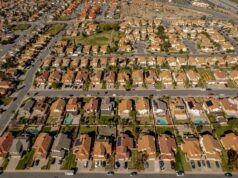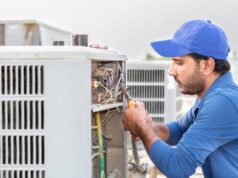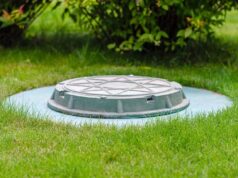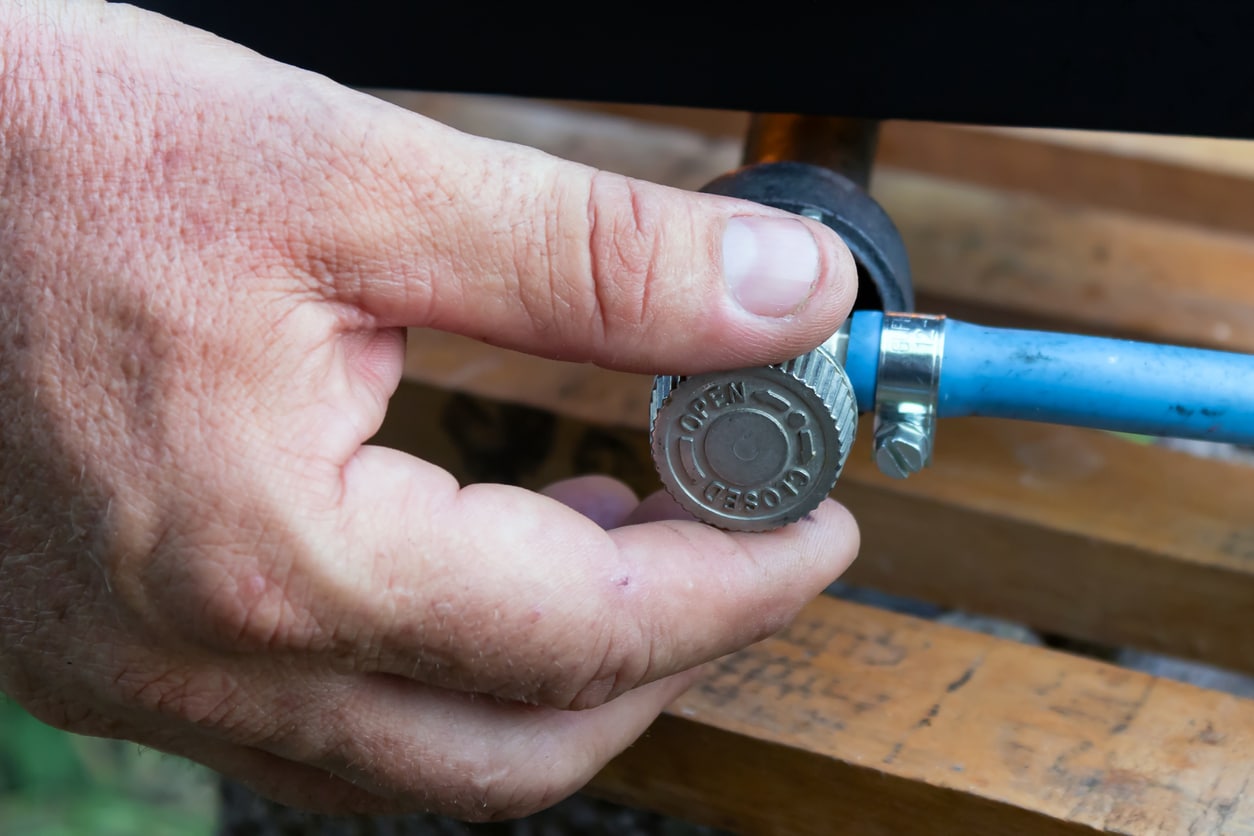
Gas fitting is an important part of home maintenance and safety. Homeowners should be aware of the potential risks associated with gas fittings, and understand how to properly maintain them for optimal safety.
In this article, we will provide some essential tips to help you ensure safe gas fittings in your home. From recognizing the signs of a faulty connection to understanding what types of testing are necessary, these simple steps can help keep your family safe from the dangers that come with improper gas installation or repairs.
Read on to learn more about the importance of gas fitting safety and find out how you can protect yourself and your loved ones from harm.
Page Contents
1. Ensure Proper Ventilation
Ventilation is an essential component of any home’s gas fitting system, as it ensures that gas is safely and effectively dispersed. Without proper ventilation, the risk of toxic fumes building up in your home increases dramatically.
It’s important to ensure that all vents and openings are free from obstructions and that their seals are tight-fitting; this will help to ensure safety for both you and your family. Additionally, check regularly for signs of corrosion or wear-and-tear on pipes and fittings—if visible damage is present, contact a professional such as an Adelaide Gas Fitter immediately to avoid potential hazards.
If you’re looking to make changes or repairs yourself, be sure not only to read instructions carefully but also to take extra precautions such as switching off the main gas supply before attempting anything. Taking these steps will help protect against serious incidents caused by improper handling of gas fittings in the home.
2. Regularly Check Gas Connections and Appliances
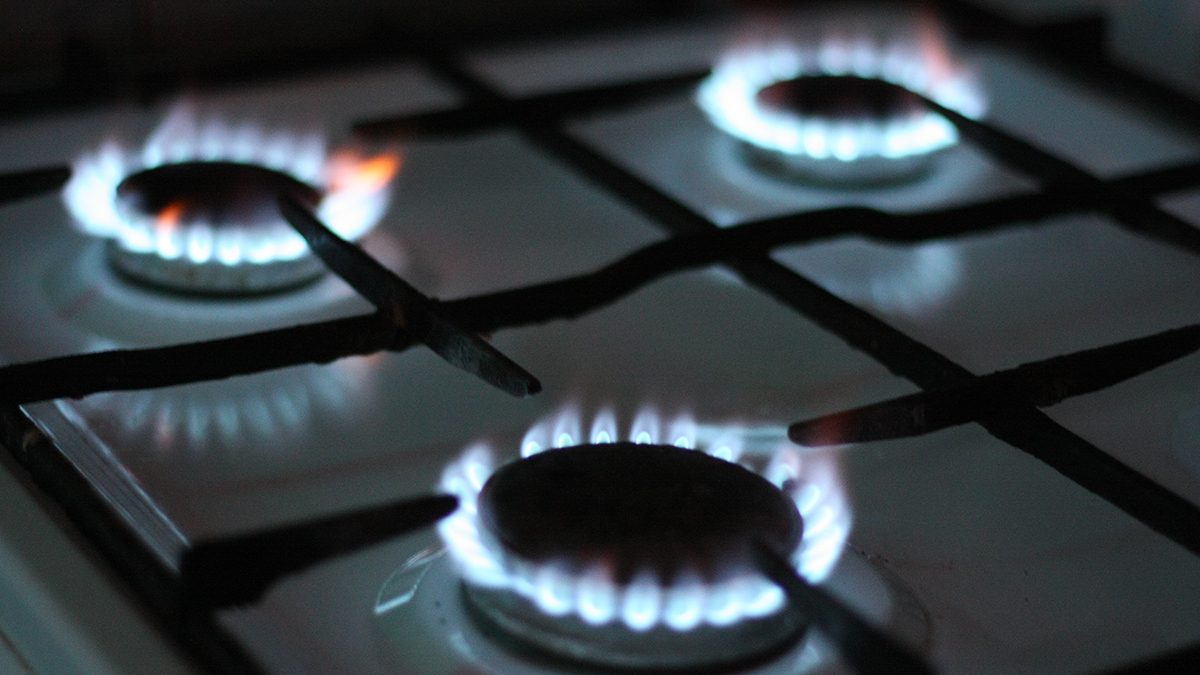
When it comes to gas fitting safety, regular inspections and checks are essential for any homeowner. In order to prevent potential accidents or dangerous levels of carbon monoxide in your home, it’s important to inspect all gas connections and appliances on a regular basis.
This includes checking that hoses are secure, valves are working properly and there is no visible leakage from the connection points. It’s also important to look out for discoloration around appliances such as cookers or boilers which could be an indication of a faulty seal within the appliance itself.
If youre not sure how to check these things, consider getting a qualified technician to come in and undertake this work for you every few years.
3. Inspect for Corrosion or Leaks
Homeowners should inspect their gas fittings regularly for signs of corrosion or leaks. Checking the exterior of pipes, valves, and other gas-related hardware is important to look for any areas that may need repair or replacement.
It’s also a good idea to check if any new appliances have been installed recently, as they could potentially cause problems with existing fittings. If you notice anything that seems out of place or doesn’t seem right, contact an expert immediately to make sure everything is safe and up to code.
You should always keep safety in mind when dealing with gas fittings as even small amounts of leakage can be dangerous and lead to serious accidents.
4. Educate Yourself on the Dangers of Carbon Monoxide
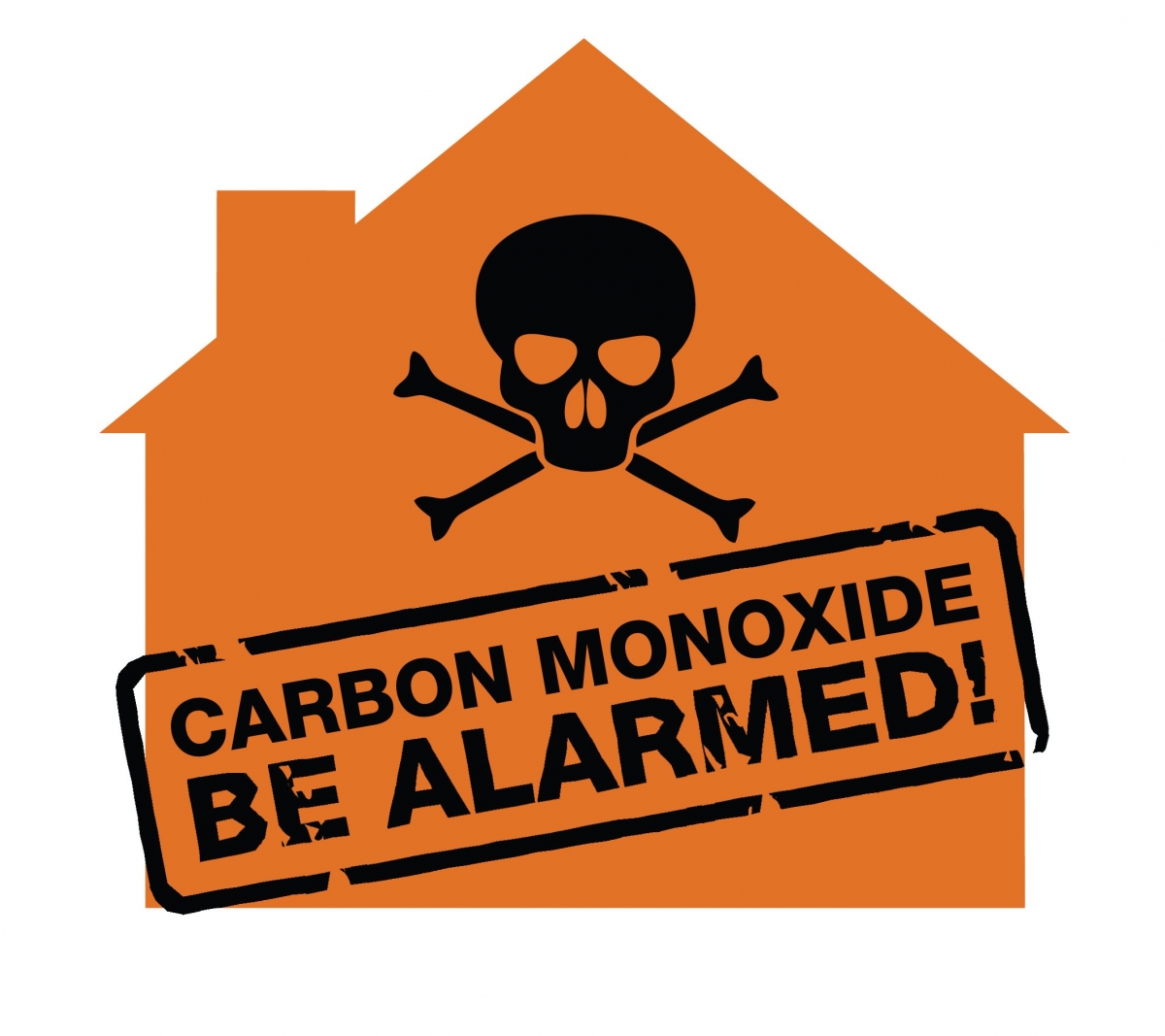
Carbon monoxide is an odorless, colorless gas that can be extremely dangerous and even deadly if inhaled. As a homeowner, it’s important to educate yourself on the potential danger of carbon monoxide so you can take steps to prevent its buildup in your home. Here are some tips for keeping safe from carbon monoxide:
1) Have your gas appliances inspected by a qualified technician at least once every two years. This ensures they are functioning properly and not leaking any hazardous gases into the air.
2) Install carbon monoxide detectors on each level of your home, near bedrooms and other frequently used areas. Change batteries often to ensure they remain functional at all times.
3) Ensure chimneys, vents, and flues are regularly cleaned and maintained by professionals as blockages caused by debris or animal nests can cause a build-up of toxic gases like carbon monoxide inside homes.
4) If you use portable heaters or unvented kerosene space heaters make sure there is adequate ventilation in the room where it is being used as this helps prevent the hazardous build-up of gases such as carbon monoxide indoors.
5) Never burn charcoal indoors – keep barbecues outdoors only! Burning charcoal produces large amounts of toxic fumes which should never be allowed inside homes or enclosed spaces due to the health risks associated with them including danger from exposure to Carbon Monoxide poisoning.
5. Keep an Eye Out for Unusual Odors
When it comes to gas fitting, the smell of something unusual can be a warning sign that all is not as it should be. Pay attention to any strange odors in or around your home and take action if you detect an odor that doesn’t seem right.
If you cannot identify the source of the odd scent, have a professional check out your house and its fittings for safety purposes. Have an experienced technician visit regularly to inspect pipes, valves, and other gas-related components so they can alert you immediately when something appears amiss.
Additionally, make sure any appliances connected to a gas line are checked annually by a qualified individual who has experience with these matters. Lastly, never ignore signs of trouble such as leaking pipes or faulty equipment – address them quickly before problems become more serious!
6. Make Sure to Have a Professional Install or Repair Your Gas Fitting System
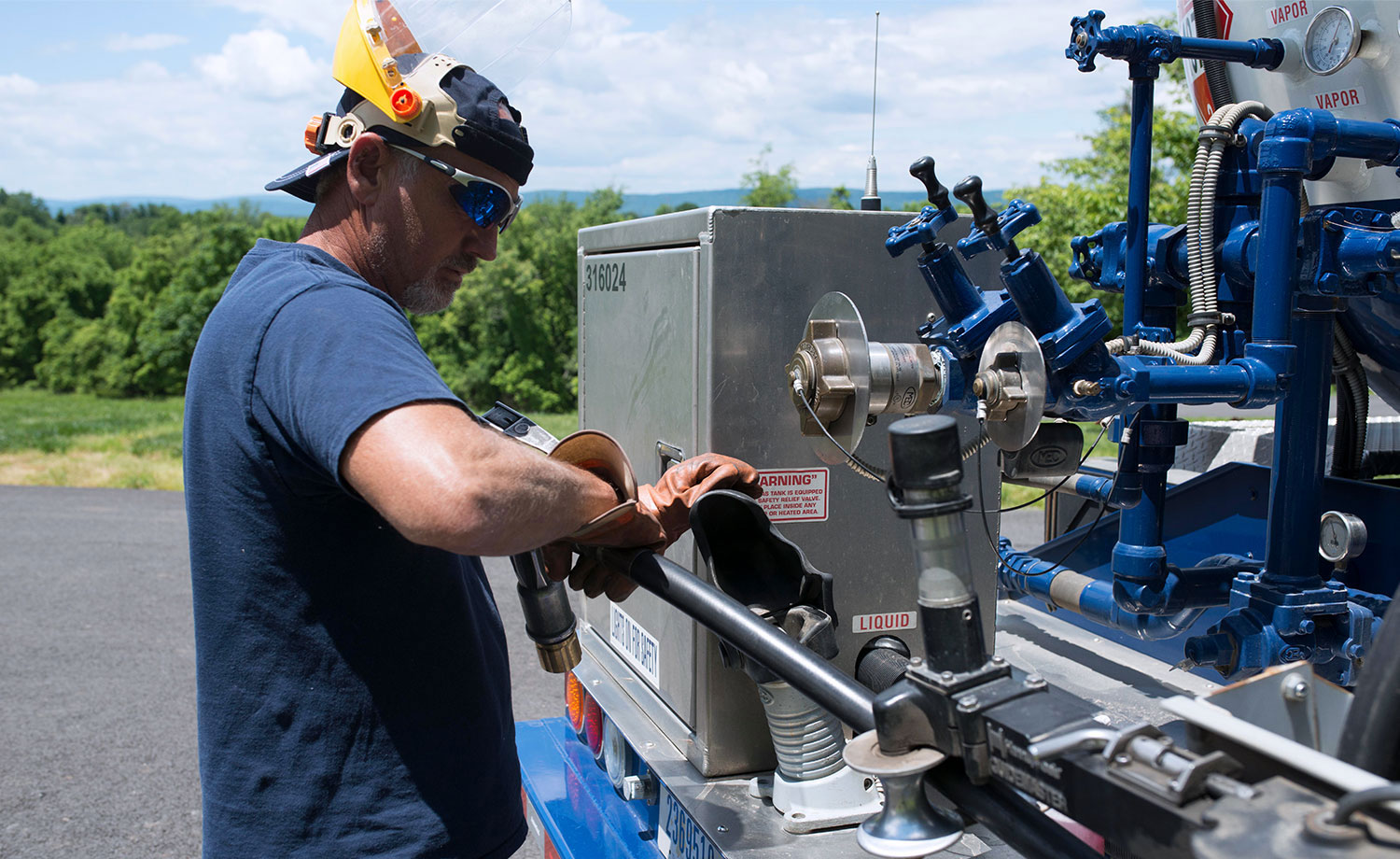
Installing or repairing a gas fitting system requires the expertise of professionals due to the potential for dangerous consequences.
Homeowners should never attempt such a job on their own and must always call an experienced technician for help. From ensuring all parts are properly connected, to making sure there are no leaks in the system, having a professional do the job ensures that it is done safely and correctly.
It also eliminates any risk of errors which can put lives at stake. By entrusting this important task to qualified personnel, homeowners can rest assured knowing they have taken proper precautions against potentially hazardous scenarios.

















